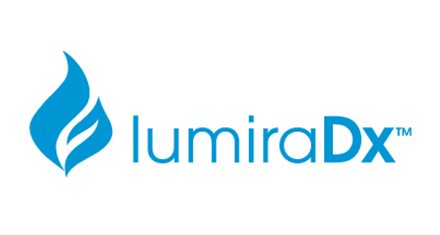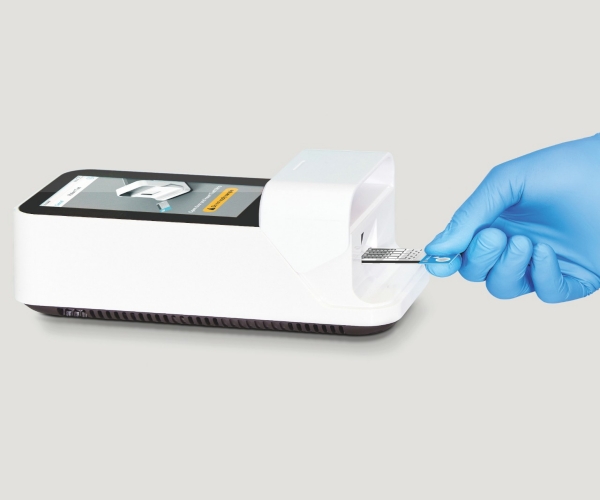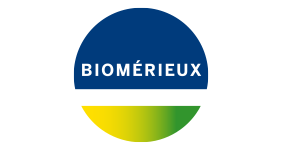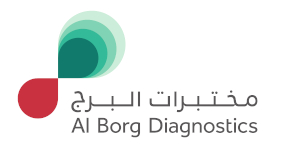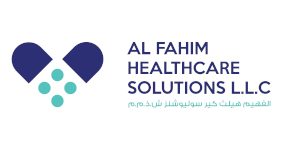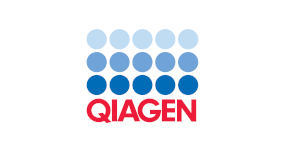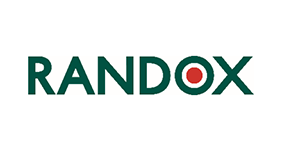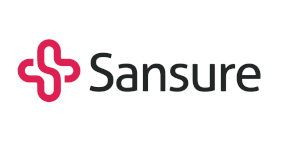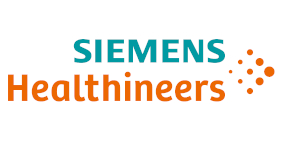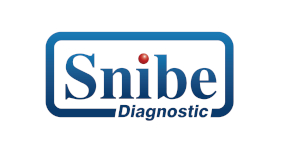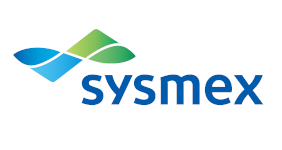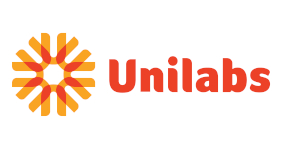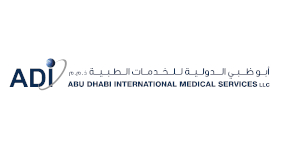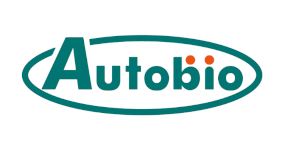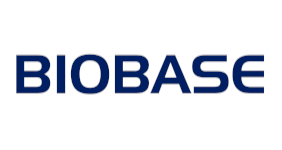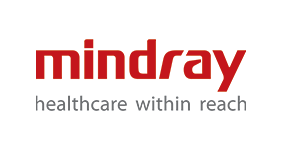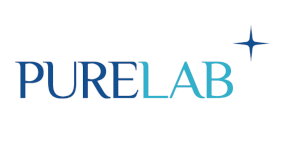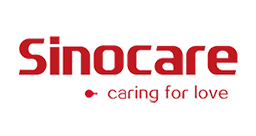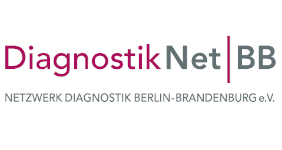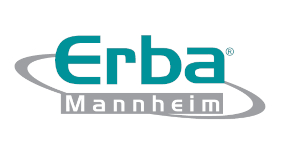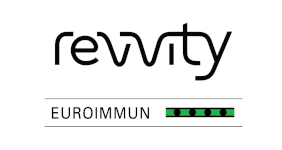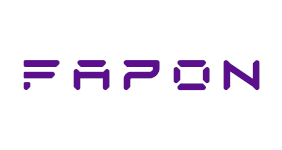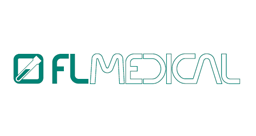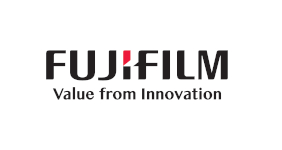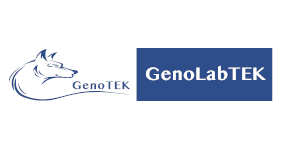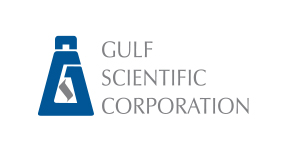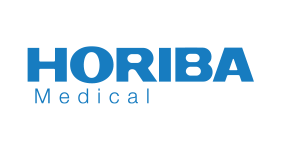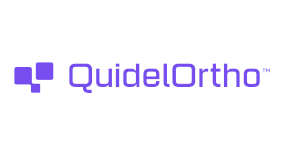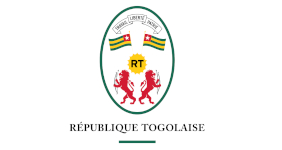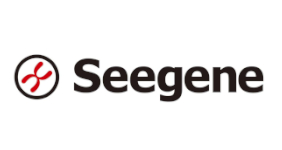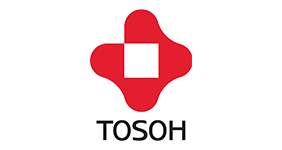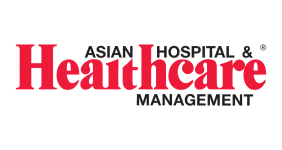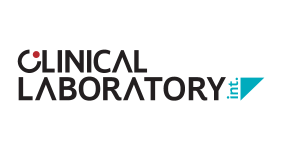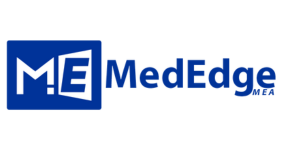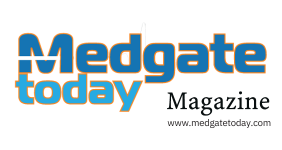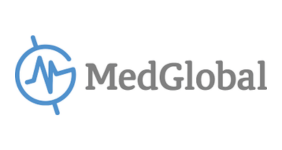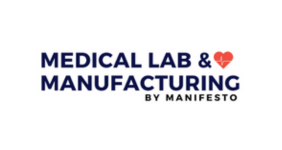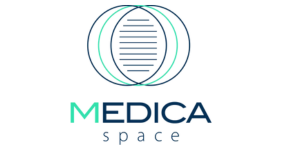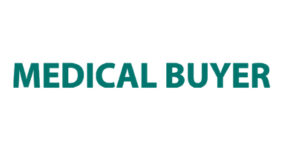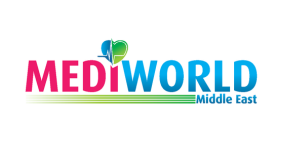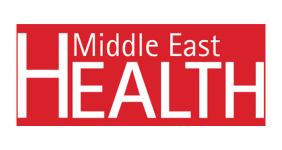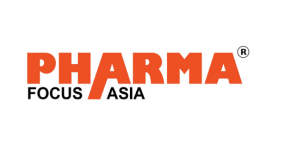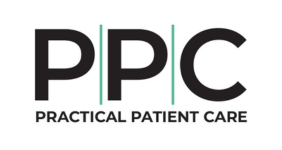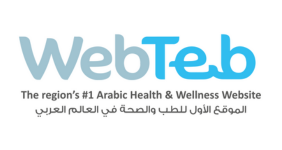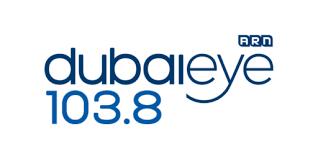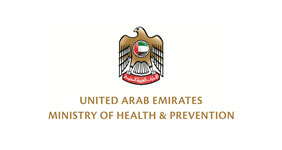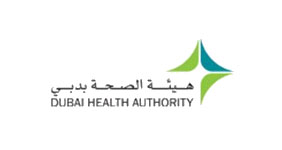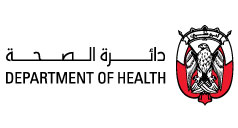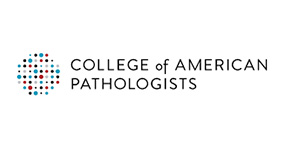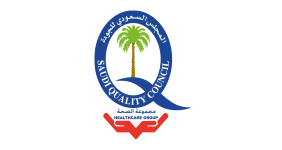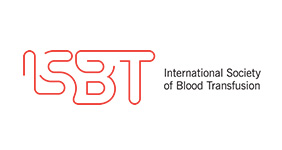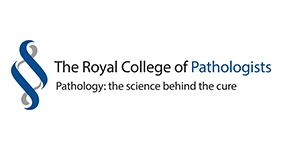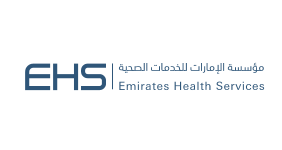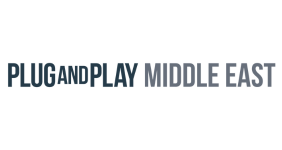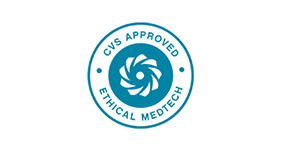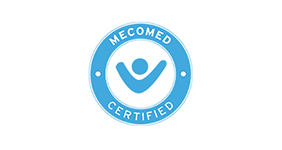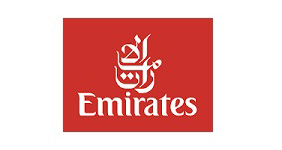Tell us about yourself. What are you showcasing at Medlab Middle East 2022?
LumiraDx is a next-generation point of care diagnostics company that is transforming community-based healthcare. We can deliver a broad menu of tests, with lab comparable results, using different technologies through a single, easy-to-use, cost-efficient fully connected Platform.
This year at Medlab we are pleased to be showcasing our innovative point of care Platform, as well as our portfolio of highly-sensitive COVID-19 testing solutions supporting individual and group testing with our SARS-CoV-2 Antigen, Antibody and Antigen Pool Tests as well as our combination SARS-CoV-2 and Flu A/B Test which will be a critical tool for respiratory diagnosis.
In addition, we will also be showing our growing portfolio of primary health care assays, including our D-Dimer, INR and our most recent CRP Test which just received CE Marking. All of our tests deliver lab-comparable results in minutes on a single POC Platform using microfluidic immunofluorescence technology.
We will also feature LumiraDx SARS-CoV-2 RNA STAR Complete which is a rapid, non-isothermal nucleic acid amplification qSTAR method intended for the qualitative detection of nucleic acid for SARS-CoV-2. As a direct amplification method it can save precious time on open PCR systems.
This year’s theme is ‘Connect with innovation that’s changing the face of diagnostics’. What does innovation in diagnostics mean to you?
For LumiraDx, innovation in diagnostics means bringing higher quality tests, closer to the patient and at significantly lower costs. These are the principles LumiraDx was founded upon and that drive us each day. The company was built to address the issues of poor product performance in point of care devices, limited testing menus and high costs. We believe transformation in healthcare is not only possible but necessary and that lab-quality tests at a low cost and with results available in minutes will change the way healthcare is currently practiced, improving patient outcomes, reducing costs to the health care systems, and ultimately saving lives.
To what extent will emerging technologies such as AI and big data influence the medical laboratory industry?
The role of big data is critical as our industry continues to evolve. We see this as an important area of focus and have invested in an optional fully connected solution. Our platform’s connectivity allows for secure digital connectivity to the Cloud, middleware and laboratory or hospital IT systems. This comprehensive connectivity allows for data reporting, analytics and decision support.
What other trends do you see emerging in the coming months that will impact the medical laboratory industry?
We see flexibility needed in testing for a variety of settings and uses. This means a platform that can be used not just in a physicians’ office but also a pharmacy, school or other community health setting. This is pushing the industry to make testing more accessible, portable, easy to use and affordable.
What have you learned from the pandemic from a diagnostics or lab perspective?
The pandemic highlighted the need for increased levels of innovation and we worked hard to deliver high performance. Now, healthcare, governments and the public are realising what rapid testing can bring.
COVID has forced us all to rethink healthcare and propelled a leap-frog moment in diagnostics, so that we can provide easier real-time testing for chronic disease management and prevention, ultimately improving outcomes and lowering healthcare costs system-wide.
What, if anything, will you be doing differently in the post-pandemic era?
The pandemic also allowed us to rapidly progress new ways to deliver community care. By operationalising key partnerships with groups including CVS, The Gates Foundation, and governmental health organisations in the UK, Sweden, Japan and Italy we were able to mobilise our testing solution in a variety of new settings and at maximum efficiency which will continue.
In order to meet demand at the beginning of the pandemic, we invested in fully automated state of the art, manufacturing processing technology that can used to produce all seven, of our of our current tests and all of our future new products, which has given us flexibility in meeting the variable testing demands for COVID while serving other patient needs.
Is there anything else you would like to add?
People want medical technology to improve their lives in meaningful ways. This is an exciting time in the diagnostics space as innovation is driving high-performance testing that is faster, more convenient and less expensive than traditional diagnostics, which could transform wellness and public health in the long run


